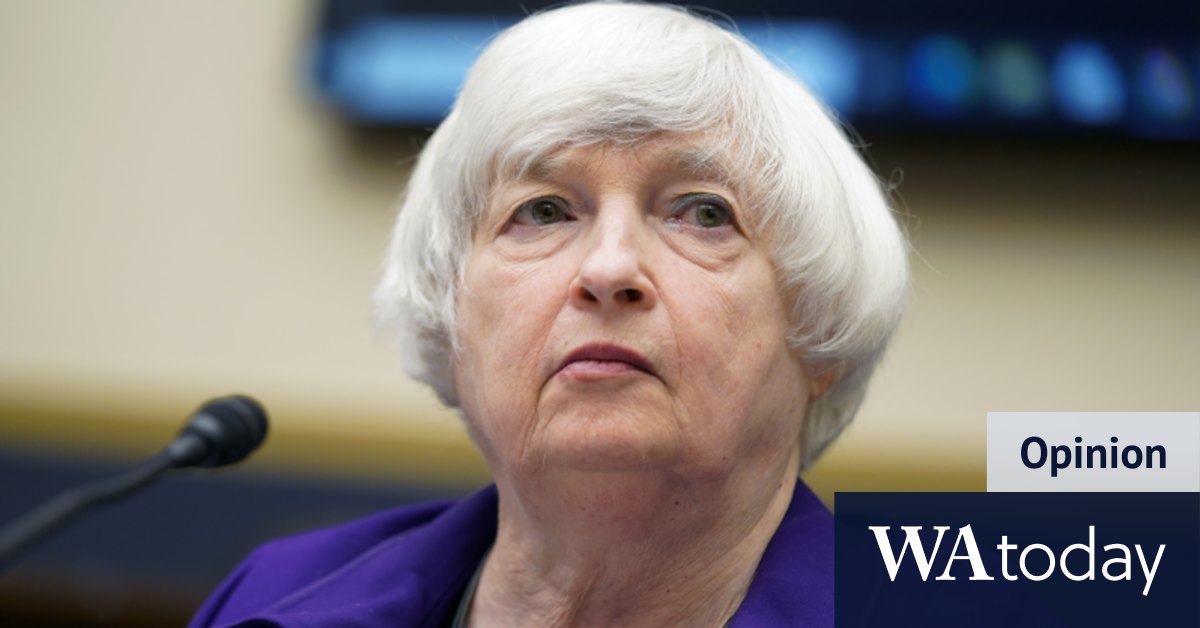
TerraUSD is a very different beast. It’s an algorithmic stablecoin that relies on financial engineering to achieve the peg with the US dollar. Self-evidently the algorithm was found out under pressure last week.
In simple terms, TerraUSD relied on an arbitrage with its sister coin, Luna, to maintain its one-to-one peg with the US dollar. The coins are exchangeable, with $US1 of Terra supposed to be always worth $US1 of Luna.
Terra founder Do Kwon is desperately trying to work out a way to keep the Terra blockchain and ecosystem going.Credit:Bloomberg
If TerraUSD trades above $US1 there is an incentive for traders to buy Luna and exchange them for TerraUSD, pocketing a profit. Similarly, if TerraUSD trades below $US1 traders have an incentive to buy them and swap them for $US1 of Luna.
In theory, that should ensure TerraUSD, while a purely virtual construct with no physical assets to support it, would always be worth $US1.
In practice, once investors lost confidence last week it ignited a self-fuelling spiral to near-oblivion for both.
Less than a month ago Luna had a market capitalisation of more than $US30 billion ($42.9 billion) and the TerraUSD market was valued at more than $US18 billion. Today Luna is essentially worthless and Terra is valued at less than $US2 billion.
It is the magnitude of the meltdown and the key role stablecoins play in the wider crypto market that has regulators unsettled. The coins provide a conduit between the conventional financial system and the crypto universe. Within the market for crypto assets they provide the currency and an efficient and supposedly safe mechanism for facilitating transactions.
The sooner there is appropriate regulation in place the better – for crypto investors as much as for the future stability of financial systems.
They are regarded as central to the brave new and potentially (for traditional finance) transforming frontier of decentralised finance and the smart contract-enabled applications using the blockchain technology that aim to replicate and displace conventional financial services.
The structure of the more conventional stablecoins like Tether, holding billions of dollars of conventional assets, and the potential of “DeFi” to generate massive efficiencies and consumer benefit explains the tensions in the debate about whether or not to regulate them.
Loading
It’s a more focused discussion than the broader issue of whether crypto assets generally should be regulated because the potential threats and benefits that stablecoins and their role in supporting DeFi might generate are of much greater systemic consequence, or at least could be.
Janet Yellen, who has called for stablecoins to be regulated in the past, told a congressional hearing late last week that she wouldn’t characterise Tether’s “breaking the buck” as a real threat to financial stability but added that stablecoins are growing (or were growing) very rapidly.
Yellen called on the lawmakers to legislate for federal supervision of stablecoins by the end of this year. There’s a similar push for urgent regulation in the UK and Europe.
In the US the Treasury Department and Federal Reserve Board and other finance sector regulators want to be able to regulate stablecoin issuers in a similar fashion to the way they regulate traditional financial institutions, imposing capital and liquidity requirements along with far greater disclosure and ongoing supervision.
That would reflect the view that stablecoins could eventually be a threat, not just to consumers, but to the system if they grow large enough that a run similar to the one that wiped out TerraUSD and destabilised Tether momentarily, were to develop and the issuers were forced to dump assets to meet redemptions.

Investors panicked when the stablecoins lost their peg to the US dollar.Credit:Phil Carrick
Ultimately it is likely there will be a range of different regulation and regulators imposing some bank-like regulation and some securities industry style regulation on various types of crypto assets to account for their different risk profiles.
The lack of transparency in cryptos makes it impossible to understand whether there is something beyond a broad correlation between what happens in crypto markets and developments in traditional securities markets.
The extent to which traditional financial institutions like banks, investments banks, hedge funds and wealthy individuals have become involved in the crypto market – they now account for something close to, if not greater than half the activity – suggests the potential for spillover effects.
Loading
If a Tether or a TerraUSD is akin to a money market fund then a crisis of confidence and a run on a crypto asset could, if the stablecoin sector in particular were to grow large enough, export liquidity issues into the conventional financial system.
The sooner there is appropriate regulation in place the better – for crypto investors as much as for the future stability of financial systems.
The Market Recap newsletter is a wrap of the day’s trading. Get it each weekday afternoon.
This news is republished from another source. You can check the original article here.

Be the first to comment